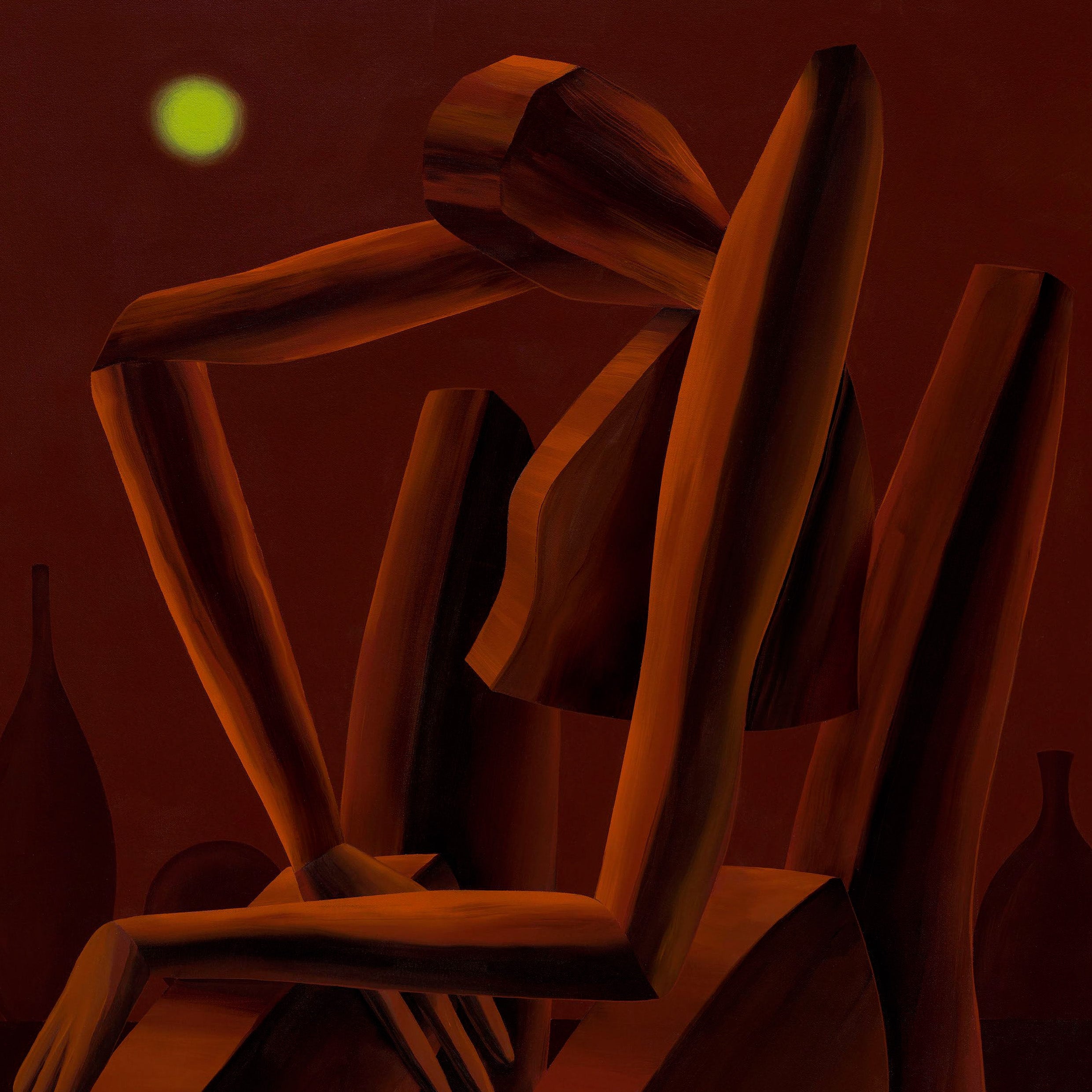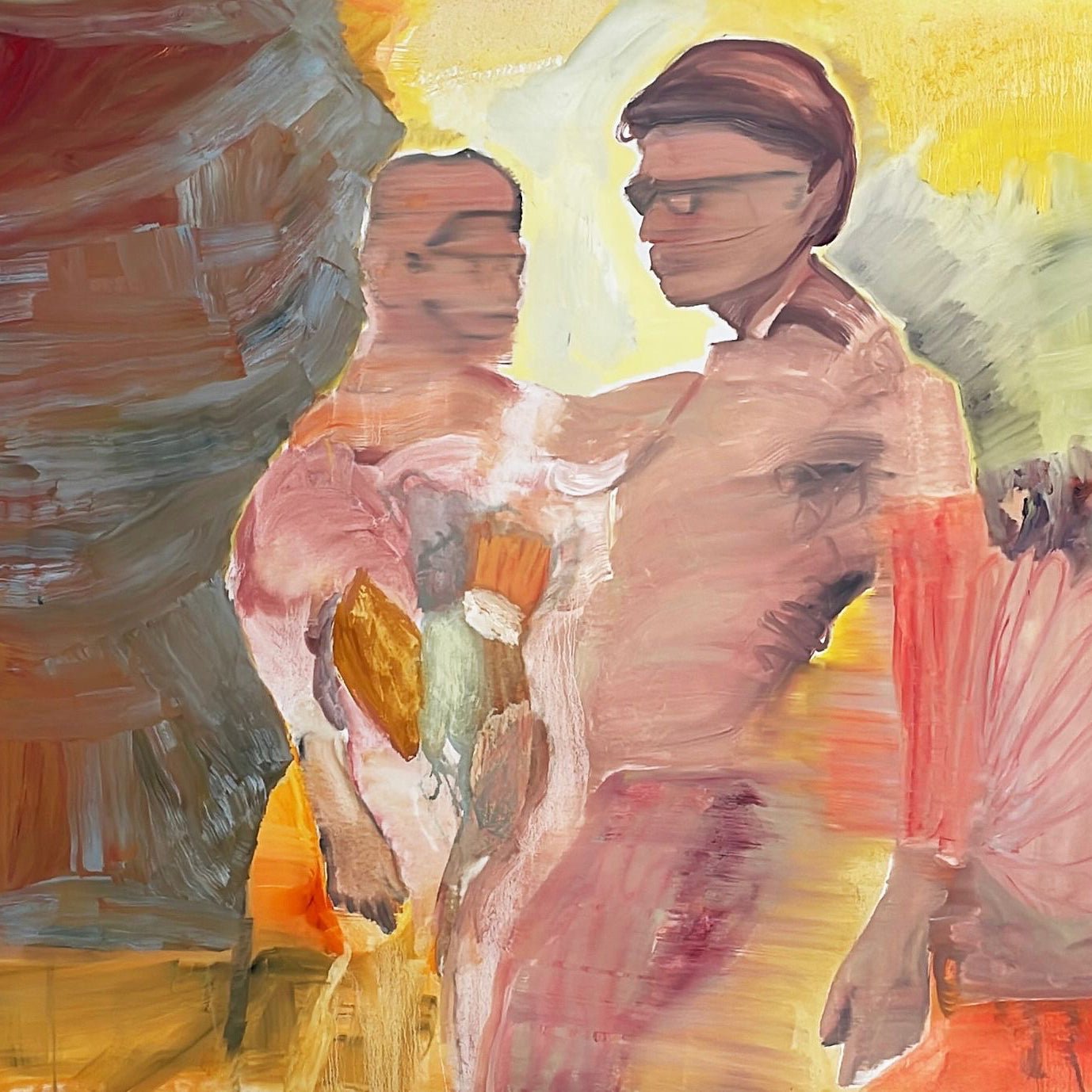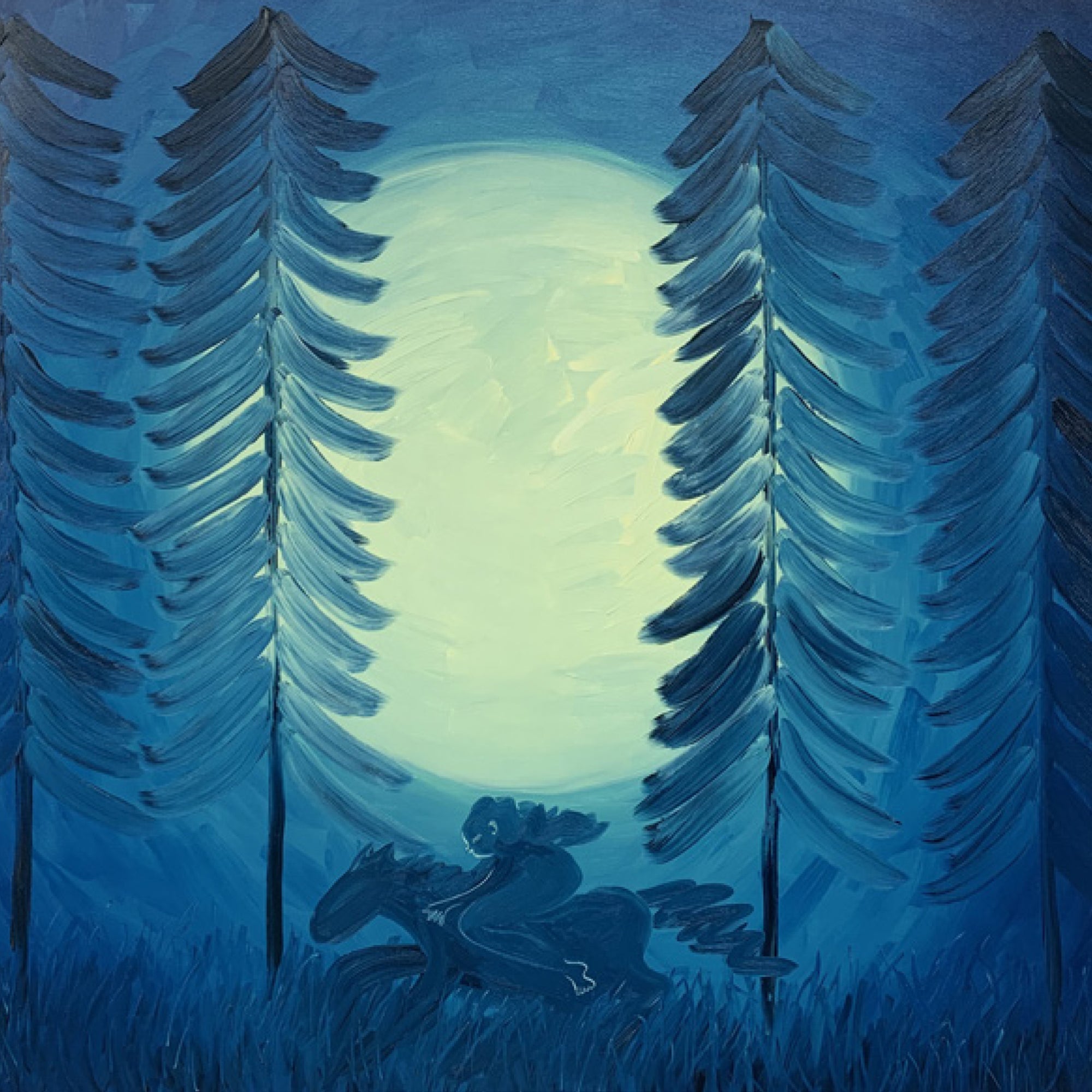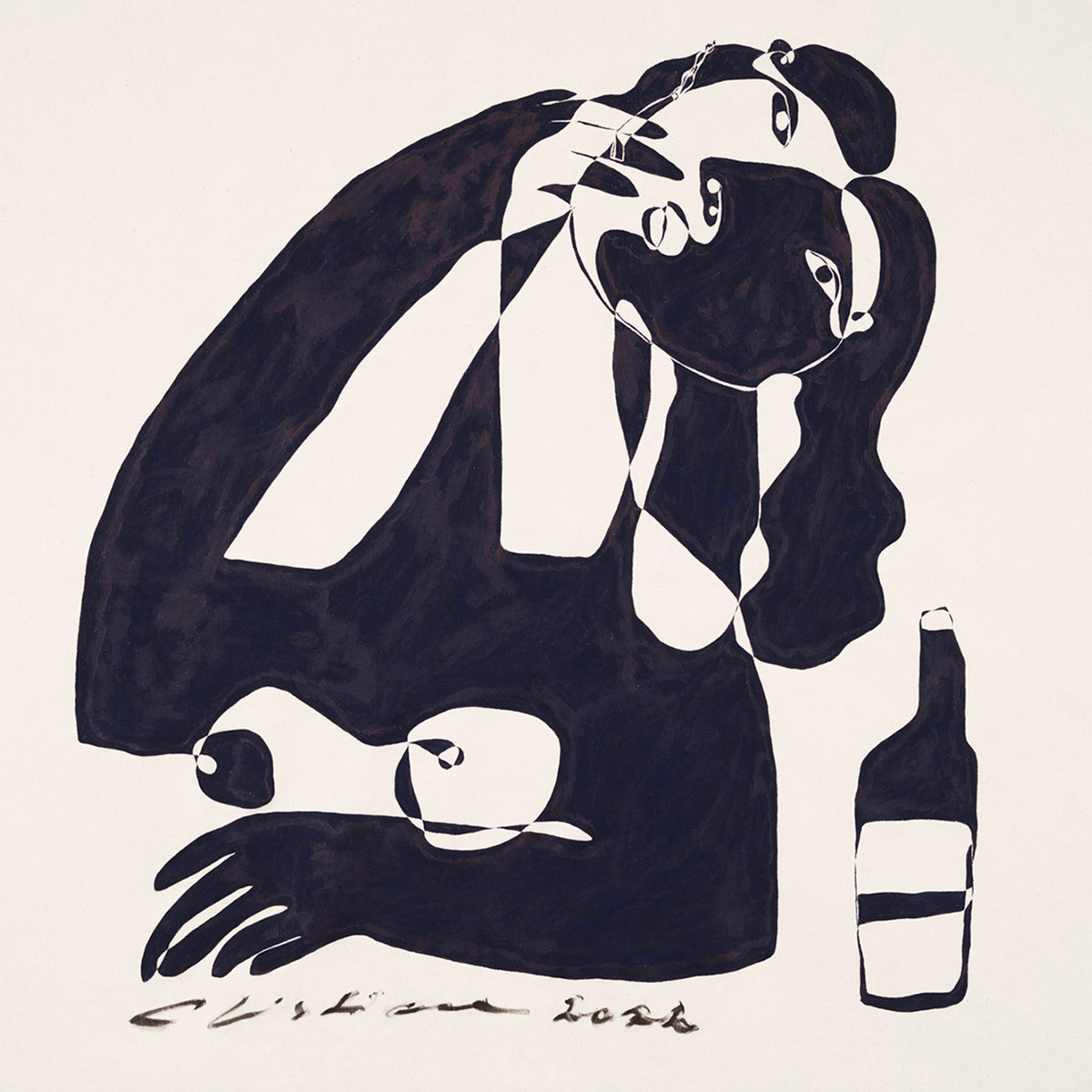Matches Struck Unexpectedly In The Dark
Group Show

David Kinsey | Kemi Onabule | Antonio Fabozzi | Anna Krzanowska | Alessandro Keegan | Michael Chance
Curated by Samuel Visentin
17 February - 5 March, 2022
ONEROOM Gallery is pleased to present Matches struck unexpectedly in the dark, a group show curated by Samuele Visentin. The exhibition includes works by Michael Chance, Antonio Fabozzi, Alessandro Keegan, David Kinsey, Anna Krzanowska and Kemi Onabule and it will take place from 17 February to 05 March 2022.
The artists selected for this show represent a visual response to the state of uncertainty inflicting Western society nowadays - a condition that became all too evident during the break occurred in or around March 2020. However, issues focused on climate change, ecological destruction, toxic patriarchy, social imbalances, anxiety disorders, land privatization had inevitably tainted the apparent calm of daily life long before the start of the new decade. In bringing together these artists the purpose is to highlight the artistic urge to react to a lousy reality in favor of other dimensions, where the effects of the present time are channeled, shunned, honed or appropriated and as such, disarmed.
The primitive futurist nature of Kemi Onabule, the visionary mineral experiences of Alessandro Keegan, the “precluded gardens” of Antonio Fabozzi, the surreal anthropoid figures of Dave Kinsey, the shifting metamorphosing portraits of Anna Krzanowska and the composite human puzzles of Michael Chance… they all stage a kaleidoscope of scenarios that plant the uncertainty of reality in firm artistic grounds.
Michael Chance
Michael Chance is a painter based in London, living on a narrowboat and working in a studio in Hackney Wick. Michael studied on the post-graduate programme at the Royal Drawing School in 2012-13 and between 2014-18 co-founded and ran Mercer Chance gallery in Hoxton. Their work is a kind of codified auto-biography in which objects and events from their personal life intersect with larger themes. A particular preoccupation is the confluence of patriarchal gender norms, capitalism and humanist exceptionalism which underwrites the anthropogenic era. Michael is at once horrified and entranced by the emerging effects of climate breakdown and aims to express both a deep anxiety about the future and a glimmer of hope for renewal through dramatic social and political change. His work seeks a new language which enables images to overlay and enmesh with slippery, blurred boundaries, to suggest a messy nuanced truth usually disguised by simplistic binaries of male vs female, human vs nature.
Kemi Onabulé
Kemi Onabulé is a British artist, working in the media of oil painting and drawing with charcoal, pastel and acrylics. Born in 1995 in London, UK, in 2016 she graduated from Wimbledon College of Art with a BFA in Painting. That of Kemi Onabulé is the response to a world that seems to be in chaos; unravelling economic structures, overwhelming ecological destruction, and the overturning of societal norms have necessitated a societal reassessment of conceptions of belonging and identity. In turn, Onabule’s paintings aim to engage with this narrative in the form of a challenge, showing a utopic, yet layered view of humanity. Heavily featuring female figures and lush, unrestrained vegetation in her work, she hopes to reimagine a world that is unburdened by the demands of modernity and the alienation of labor under contemporary capitalist frameworks.
In her recent work, Onabulé puts a heavy emphasis on the importance of women and their significance in linking humanity to nature. The female deity Oshun, a river goddess of femininity, beauty, and love among Yoruba religions, serves as key figure for the artist’s approach. The works are a way of exploring our often-uncomfortable relationship to femininity as expressed by women, especially women of color. By avoiding the tropes of the historical male gaze, the paintings place the viewer in a different world, closer to its origins. Using the female figure, she aims at reimagining a world unburdened by the demands of modernity and an overworked capitalistic framework. The human figure, therein, acts as a method to express the connections between us.
Antonio Fabozzi
Hortus is a series of small egg tempera paintings with cherry resin, which is part of a larger cycle of works that also includes engravings and drawings. It was inspired by the medieval iconographic theme of the Hortus conclusus and its distinctive characters: to be closed, protected by walls and easily recognizable from the surrounding space. Ambivalent, as hospitable but hostile and inviolable when viewed from outside, finally being in a condition of balance and continuous relationship with the work of men. The Hortus are enclosed spaced surrounded by walls and with walled entrances. These places were once gardens and orchards that provided food to the citizens, today canceled or transformed into car sheds, but some still retain their original features and remain abandoned and mysterious. For some time nature has taken possession of these spaces and the wounds caused by the pruner are haled. Man is now alien and precluded. The cycle of the Precluded Gardens represents imaginary places characterized by a mixture of naturalistic elements not present in reality. With these works Fabozzi raises the question of the difficult relationship between man and nature, the competition for the dominance of space, the lack of harmony with the surrounding environment that characterizes contemporary man and the consequent condition of estrangement. In these paintings, gardens are suspended, surrounded or enclosed in anatomical structures. They are places that evoke man but whose presence is forbidden, since he no longer has the feet to follow in the footsteps of nature. But all is not lost. Men will be able to make peace with nature again, go back to cultivating, plowing and pruning essences, however we are still in the “nigredo” phase and the path is still long.
Alessandro Keegan
The half-plant, half-mineral, oddly artificial and futuristic structures from The Garden of Earthly Delights of Bosch is definitely part of the language of Keegan’s work. Natural history, surrealism, science fiction, futurism and similar interests are mixed into his work for about twenty years. The short way he usually explains his paintings is that they are abstract paintings with stories behind them. They represent cosmic worlds and personal experiences, expresses with a visual language that is indirect. Keegan sees his paintings as being related to tantra art in the way that there is a language of colors, line and shapes in tantra that correspond to metaphysical states of being, and also in the sense that the traditional making of tantric art is itself a form of meditation. “I usually have a very vague vision of the painting before I paint it. I make sketches as soon as it comes to me, but I have to work and develop it for a long time before it becomes completely clear to me. I plan the paintings for a long time, prepare the surfaces so they are very smooth, figure out a color scheme for the background and then I start to draft my concept in white chalk pencil. It looks very simple, geometric and architectural at first and it is only when I begin to paint with oil that the more dimensional qualities come out. Making a painting can take about a month and often I work on three or four paintings at a time. Certain forms I paint are meant to have a glass-like quality, I think of them as shells, others are translucent but more opaque and these are crystals".
Dave Kinsey
Dave Kinsey began his artistic journey in the 1990s alternating between Street Art and design, coincidentally setting the stage for his path as a painter along the way. His tenet towards the human condition, as well as social and environmental disruptions would come to define the development of the works over the next decade. The pivotal point for this shift was his move to the Sierra Nevada mountains north of Los Angeles in 2010, where he witnessed the raw nature and its changing essence which in our experience translates as life. Departing from the recognizable line-based characters with exaggerated facial features and empty eyes, Kinsey moved towards totemic assemblages of organic shapes and elements, suggestive of the new surroundings and the natural environment. Simultaneously, Kinsey’s ongoing interest in sculpture finally took form around 2017 when he started freeform cutting basic wood shapes akin to the ethereal formations seen in the Mojave Desert. Taking the rock formations, landforms, as well as the migration of people as inspiration, Kinsey’s work begun to break out of the square two-dimensional format and forcibly remove itself from figurative painting towards a more physical structure. The internal struggles of the pandemic, climate-related catastrophes, and political & social upheaval at the start of 2020s, prompted Kinsey to resort back to painting. As a means of understanding these uncanny times, he developed a body of work dominated by the homogenous figures within a vacant spatial setting in which his Being series would emerge. Materializing as a deposit of emotional experiences, the utilized colors are meant to evoke the melancholic mood of the multiplicity of global tragedies happening at once and the reshaping human existence. Currently working on all three bodies of works—outdoor sculpture, relief works, and paintings on canvas —Kinsey continues to develop ways to experience and convey the dynamic beauty of life through an absolute stillness as part of the ongoing exploration to better understand and interpret the world around him.
Anna Krzanowska
Anna Krzanowska was born in Krosno in 1984. In 2004, she graduated from the Secondary School of Fine Arts at her hometown, and then she continued her studies at the Jan Matejko Academy of Fine Arts in Krakow, where she graduated in 2010. Today, she lives and works in Warsaw. “Painting is my personal adventure where I lose myself in the process. I’m interested in the painting experience itself, It’s like my daily diary. I find much of my inspiration in nature”. Pastels are her favorite painting technique, using which she draws portraits that are a record of her emotions and mood. Multiple portraits, inspired by enigmatic beauties of Ingresian or Botticellian models but which refer more directly to simultaneous portraits of Francis Picabia or Marcel Duchamp where the lines overlap endlessly making multiple facial positions visible at the same time. In the Krzanowska’s series, there is a greater complexity of planes and points of view, a painful torment revealed by the expressionist colors, by the nervous and restless sign of pastel.












